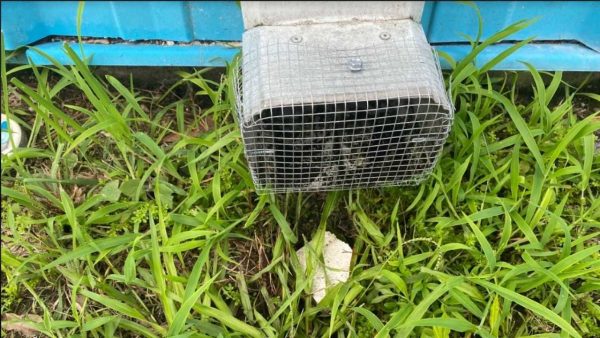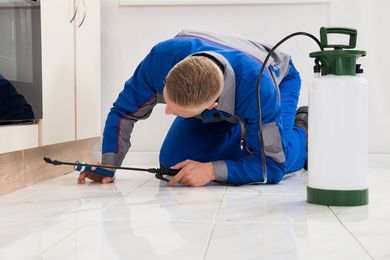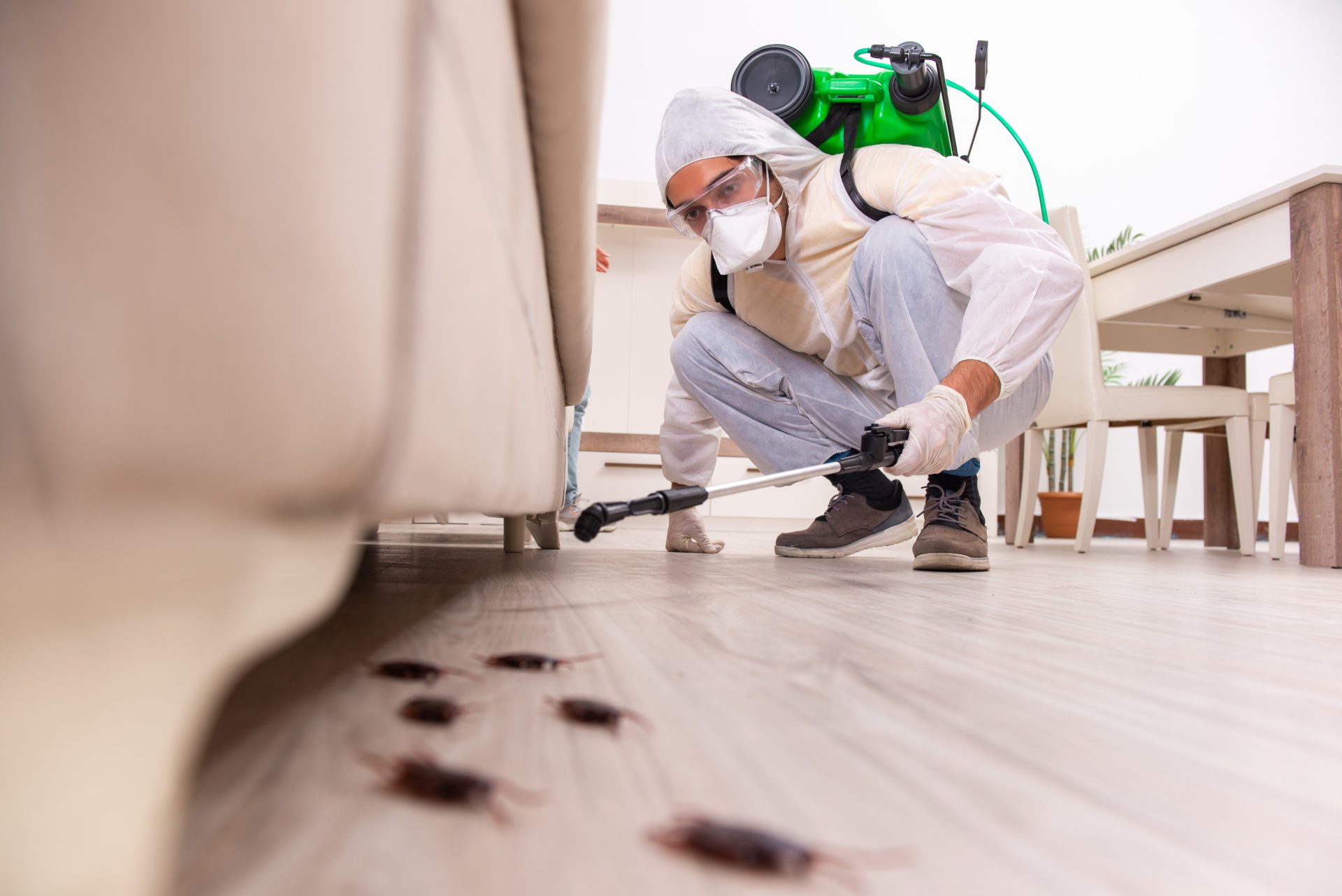Certified Commercial Pest Control Service in Port Charlotte
Certified Commercial Pest Control Service in Port Charlotte
Blog Article
Comprehensive Overview to Recognizing Insect Control Approaches and Their Therapy
Understanding insect control techniques is essential for efficient monitoring of undesirable microorganisms that pose dangers to health and wellness, farming, and building. This comprehensive guide will certainly explore numerous strategies, including chemical options, organic strategies, and mechanical methods, all under the umbrella of Integrated Pest Monitoring (IPM) As we examine these methods, it comes to be progressively clear that the choice of approach can considerably influence both human interests and environmental equilibrium. What factors should be thought about when choosing the appropriate insect control approach for a details scenario? The response might lead to even more lasting methods than one may at first assume.
Introduction of Insect Control Approaches
Bug control techniques encompass a selection of methods developed to take care of and get rid of undesirable organisms that can harm human health and wellness, agriculture, and property. Efficient insect monitoring is crucial for keeping the stability of environments and guaranteeing the safety of food materials. These methods can be extensively categorized right into three key techniques: cultural, mechanical, and organic controls.

Social control involves customizing farming techniques or ecological problems to minimize pest facility and reproduction. This approach includes crop rotation, hygiene, and selecting pest-resistant plant selections. Mechanical control counts on physical barriers or gadgets to avoid pest gain access to or directly eliminate them. Examples consist of traps, webs, and hand-picking harmful pests.
Organic control makes use of all-natural killers, parasites, or pathogens to control pest populaces. This approach stresses eco-friendly equilibrium and can include introducing helpful bugs, such as ladybugs or predacious nematodes, to take care of parasite presence.
Integrated insect administration (IPM) incorporates these approaches, utilizing a holistic approach that stresses prevention, monitoring, and liable administration. By utilizing a blend of these methods, parasite control can be extra lasting and effective, minimizing reliance on chemical interventions while securing human health and the setting.

Chemical Parasite Control Solutions
A variety of chemical bug control options are available, offering effective options for taking care of pest populaces when various other approaches may fail. These options mainly include pesticides, herbicides, fungicides, and rodenticides, each created to target specific bugs while reducing damage to non-target microorganisms.
Pesticides are particularly reliable versus a variety of pests, including ants, cockroaches, and termites, and can be identified as contact or systemic agents. Get in touch with pesticides kill parasites on call, while systemic insecticides are absorbed by plants, making them harmful to bugs that prey on them. Herbicides are made use of to control unwanted plants, whereas fungicides are essential for handling fungal illness that can harm plants and decorative plants.
Additionally, incorporated parasite monitoring (IPM) concepts need to be used, combining chemical solutions with social, mechanical, and organic techniques for sustainable parasite control. This alternative method not only boosts pest management effectiveness yet likewise reduces possible ecological effects associated with chemical usage.
Organic Insect Control Techniques
Biological pest control methods provide an eco-friendly option to chemical techniques by making use of natural predators, parasites, or microorganisms to handle insect populaces. This approach leverages the ecological connections between organisms, promoting a well balanced ecological community while lessening chemical deposit in the environment.
One of the most typical organic control methods includes the intro of natural opponents. For example, ladybugs are used to control aphid populaces, while parasitic wasps can target caterpillars and other parasites. These natural killers successfully reduce pest numbers without damaging useful insects.
Additionally, microbial agents such as bacteria, fungis, and infections are made use of to infect and eliminate certain pests. Bacillus thuringiensis (Bt), a normally happening microorganism, is extensively made use of to manage caterpillars and other larvae, showcasing the efficiency of microbial pest control.

Physical and Mechanical Methods
Regularly employed in incorporated pest administration approaches, physical and mechanical techniques serve as effective tools for regulating pest populations without using chemicals. These techniques count on physical barriers, traps, and other mechanical gadgets to avoid or remove parasites, making them environmentally friendly alternatives.
Physical methods include using barriers such as insect netting, displays, or row covers that physically obstruct pests from accessing plants. This is especially useful in agricultural setups where plant security is vital. In addition, environment adjustment, such as getting rid of debris and standing description water, can decrease bug breeding websites, thus lessening invasions.
Mechanical techniques encompass traps, which can be developed to catch specific insects. Sticky catches and pheromone catches prevail examples that tempt and keep pests, assisting in monitoring and control. Vacuuming is one more mechanical see this strategy, effective for getting rid of bugs from indoor environments, especially in instances of problems.
Preventative Pest Administration Methods
Reliable preventative pest administration approaches are essential for keeping healthy environments and reducing pest-related issues before they arise (Pest Control in Port Charlotte, FL). These approaches concentrate on aggressive actions that minimize the likelihood of pest infestations by dealing with the source

Another essential method involves proper landscaping practices (Pest Control in Port Charlotte, FL). Keeping plants cut and far from buildings can reduce harborage locations for bugs. Applying integrated parasite administration (IPM) strategies that include keeping track of pest populaces and utilizing organic controls can cultivate a balanced ecological community that normally reduces pest numbers.
Education and training for staff and residents on recognizing very early indicators of parasite task are likewise crucial components of an efficient preventative program. By cultivating an atmosphere of awareness and vigilance, organizations and property owners can substantially enhance their parasite monitoring initiatives and protect their spaces against future infestations.
Conclusion
Using an Integrated Bug Monitoring (IPM) structure enables for the look at this website sustainable management of insects while minimizing ecological effect. Inevitably, a complete understanding of these varied pest control strategies is crucial for accomplishing successful outcomes in bug monitoring campaigns.
Report this page